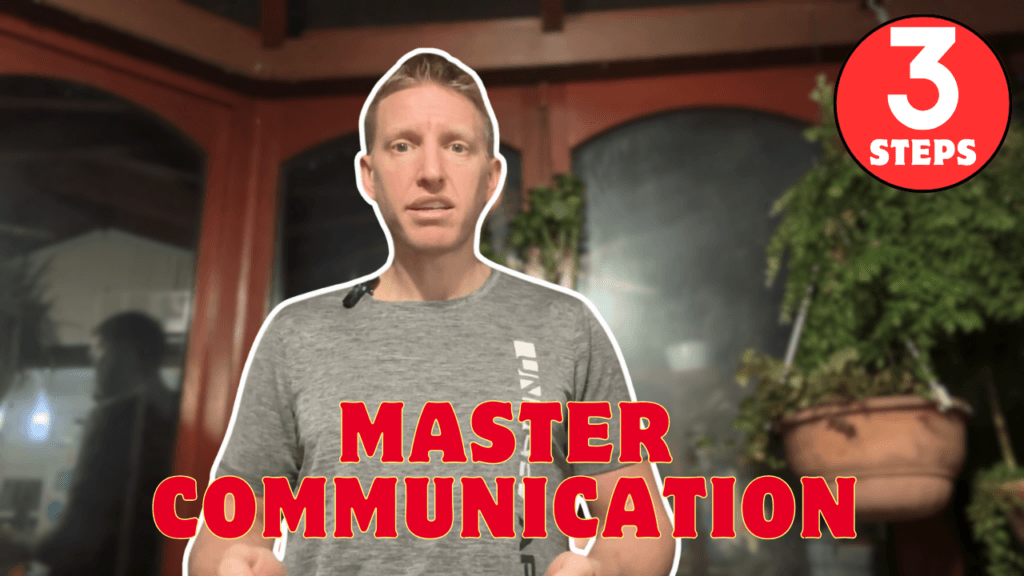Get 10% descount on first project
Master the Art of Communication: Adapting Your Style for Success

Good communication is a cornerstone of both personal and professional success. It’s something we engage in every day, often without much conscious thought. While the saying “communication is key” is widely known, it’s not just about expressing yourself effectively. The real secret lies in adapting your communication style to connect with others more meaningfully. This blog will explore how you can master the art of communication by becoming self-aware, observant, and adaptable.
The Importance of Communication StylesEveryone communicates differently, and understanding this is crucial for building stronger relationships and achieving better outcomes. Miscommunication often occurs when different communication styles clash. For instance, some individuals prefer a direct, task-focused approach, while others thrive in empathetic, relational exchanges. Recognizing these differences is the first step toward bridging communication gaps.
My Communication StyleReflecting on my own style, I find myself blending energy and enthusiasm with precision and structure. I enjoy fostering collaboration and building relationships but also value logical decision-making and goal-oriented planning. This initiating and analytical approach works well in structured environments where creativity can flourish alongside organization. However, I’ve realized that my style isn’t universally effective—it’s just one piece of the puzzle.
Challenges of Diverse Communication StylesThe diversity in communication styles can present challenges. For example:
Assertive vs. Empathetic: Some people are direct and results-driven, while others focus on feelings and relational dynamics.
Detail-Oriented vs. Big Picture: Some individuals need all the specifics before making decisions, whereas others prefer a summary of the key points.
When styles clash, misunderstandings arise, and productivity can suffer. Recognizing these differences allows us to approach conversations with greater empathy and effectiveness.
Strategies for Adapting Your Communication StyleTo bridge the gaps between different communication styles, we need to focus on three key strategies: self-awareness, observation, and flexibility.
- Self-AwarenessUnderstanding your own communication tendencies is the foundation of effective interaction. For instance, I’ve learned that my solution-focused approach can sometimes overshadow the need to fully understand someone’s emotional perspective. To address this, I actively:
Pause to listen.
Ask open-ended questions.
Acknowledge emotions before jumping to solutions. - ObservationObserving the communication styles of others is equally important. Here are some practical tips:
Empathetic Styles: If someone seems relational and empathetic, take time to build rapport before diving into details.
Task-Focused Styles: For direct and results-oriented individuals, keep your communication concise and focused on outcomes.
An example from my professional life illustrates this well. In my plastering and rendering business, some clients prefer technical details, such as materials and timelines. For these clients, I provide structured, data-driven communication. Others prioritize trust and reliability—with them, I focus on conversational exchanges to ensure they feel heard and valued. - FlexibilityFlexibility is the hallmark of a skilled communicator. While staying true to your natural style, adapting to others’ preferences shows respect and fosters stronger connections. Here’s how you can practice flexibility:
Adjust your tone, language, and even body language to align with the other person’s style.
Mirror their communication preferences. For instance, if someone is direct, match their brevity. If they’re relationship-oriented, acknowledge their emotions and take time to build trust.
Practical Steps for Adapting CommunicationAdapting your communication style doesn’t have to be complicated. Here are three actionable strategies to get started:
Listen Actively
Pay attention not only to what is said but also how it is said.
Identify whether the person’s style is emotional or task-focused.
Observe whether they prefer detailed information or high-level summaries.
Mirror Their Style
Adapt your communication to reflect the other person’s preferences.
Be concise with direct communicators and relational with empathetic individuals.
Be Flexible
Maintain your authenticity while showing respect for the other person’s style.
Flexibility reduces misunderstandings and builds stronger connections.
The Benefits of AdaptabilityWhen you learn to adapt your communication style, the benefits are profound:
Stronger Relationships: Whether in personal or professional settings, adapting your style fosters mutual understanding and trust.
Reduced Conflict: Misunderstandings diminish when communication styles align.
Improved Outcomes: Collaboration becomes smoother, leading to better results in projects, negotiations, and daily interactions.
ConclusionMastering communication is not just about expressing yourself clearly; it’s about making others feel comfortable and understood. By developing self-awareness, observing others’ styles, and practicing flexibility, you can adapt your communication to connect with anyone effectively.
The real magic happens when you bridge the gap between your style and someone else’s, meeting them where they are. In doing so, you’ll build stronger relationships, reduce conflict, and achieve greater success in every aspect of life.
Start practicing these strategies today and see how your communication skills transform your interactions. Whether in business, at home, or in everyday conversations, the ability to adapt your style will open doors to new opportunities and deeper connections.



